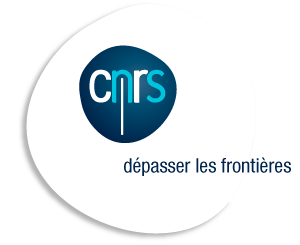Report from the InterRidge Workshop: Management and Conservation of Hydrothermal Vent Ecosystems
Institute of Ocean Sciences, Sidney (Victoria), B.C., Canada
28 – 30 September, 2000
The discovery of chemosynthetic-based ecosystems at hydrothermal vents in the deep ocean was one of the most important findings in biological science in the latter half of the 20th century. More than 100 vent fields have been documented along the 50,000 km global mid-ocean ridge system. At this time, over 500 new animal species, over 80% of which are endemic to the vents, have been described from this environment1. Unusual, highly-evolved symbioses between invertebrates and chemolithautotrophic bacteria are common at vents, producing concentrations of biomass that rival the most productive ecosystems on Earth. The predominance of chemoautrophic and hyperthermophilic microbes in hydrothermal vent waters has stimulated new theories of the origin of life on Earth. It has also prompted astrobiologists to seriously consider geothermal energy as a viable power source for biosynthesis and maintenance of carbon-based life forms on other worlds.
Hydrothermal vent science is now in its third decade of discovery. The research focus is shifting to time series observations, and long term studies are being undertaken by organisations in several countries. These latter developments are resulting in the concentration of sampling, observation and instrumentation at a small number of fixed "observatories". The potential returns from co-ordinated, multidisciplinary time series studies of this type are tremendous.
It is becoming apparent, however, that an important element of this co-ordination of research will involve resolving and avoiding conflict between different types of field investigations. Already, effects of sampling operations on vent faunal communities have been documented2,3. As observatory type studies expand, so will the potential for conflict between the needs of purely observational investigations and those of in situ experiments and instrumentation and the removal of specimens for collections and laboratory studies. Concern about the impact of scientific research at vents goes beyond the resolution of conflicts between different styles of investigation. Species conservation and environmental stewardship are also issues of particular concern to vent scientists. Hydrothermal faunal communities occupy very small areas of the seafloor and many sites contain animal species found nowhere else. As vent sites become the focus of intensive, long-term investigation, oversight organisations will need to introduce mitigative measures to avoid significant loss of habitat or over sampling of populations.
Workshop Organization
The themes and overall goals of the vent management workshop were developed by a 16 member organising committee composed of biologists, geologists and marine policy experts from InterRidge member countries. The detailed organisation of the scientific content of the workshop and the compilation and editing of this report have been the responsibility of the two co-ordinators, Kim Juniper (U. Québec, Montréal) and Paul Dando (U. Wales - Bangor).
The workshop program was developed to emphasise open discussion and working group sessions rather than lectures by invited speakers. Invited talks were scheduled in the first two days to provide background and overview information for the discussion and working group sessions that followed.




